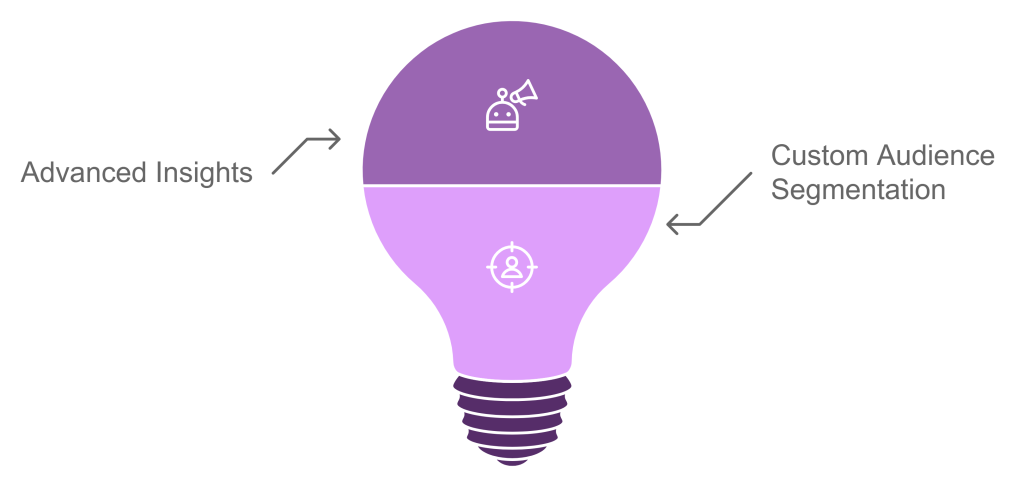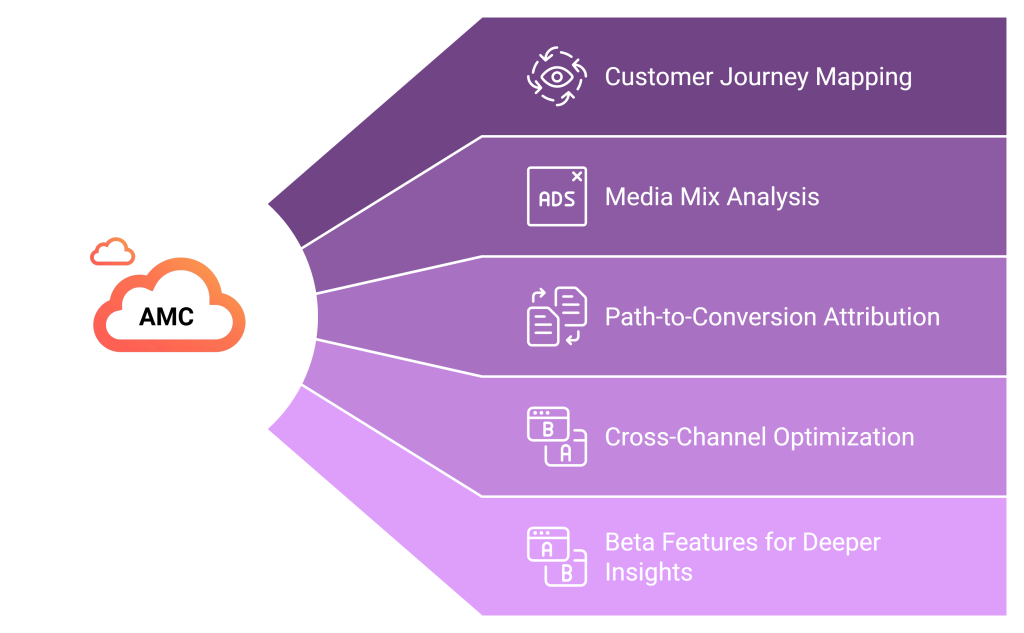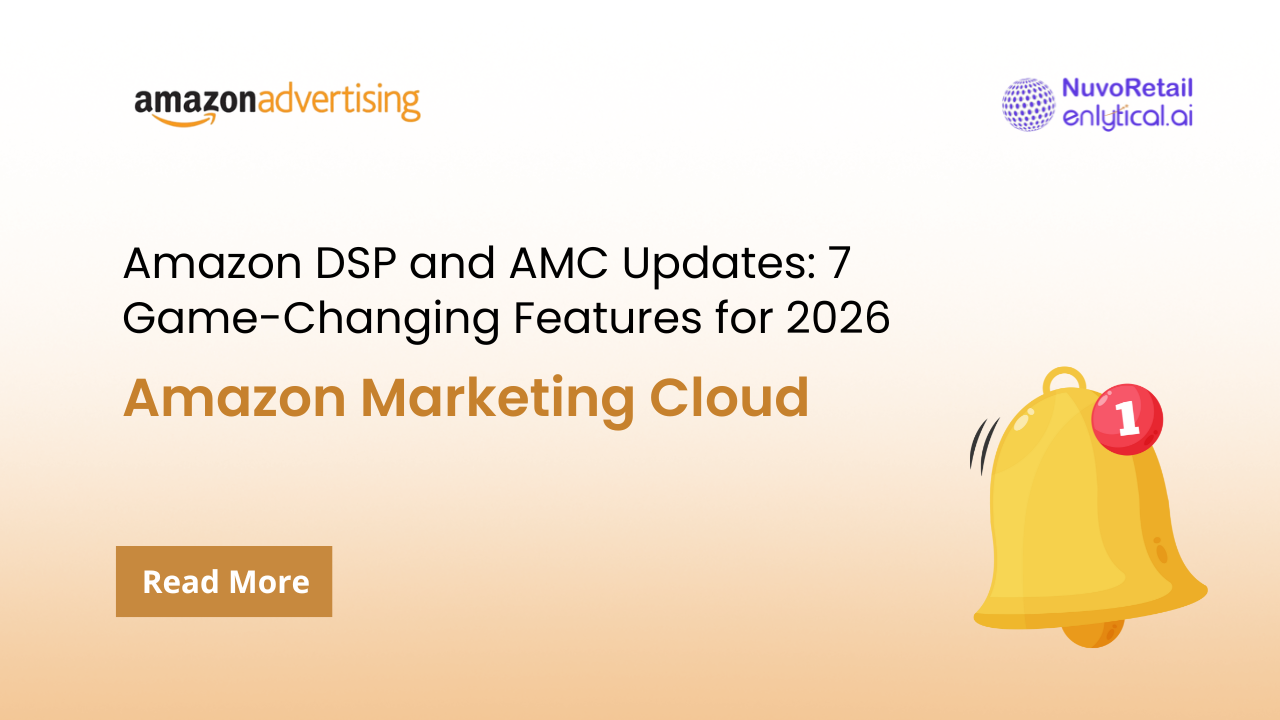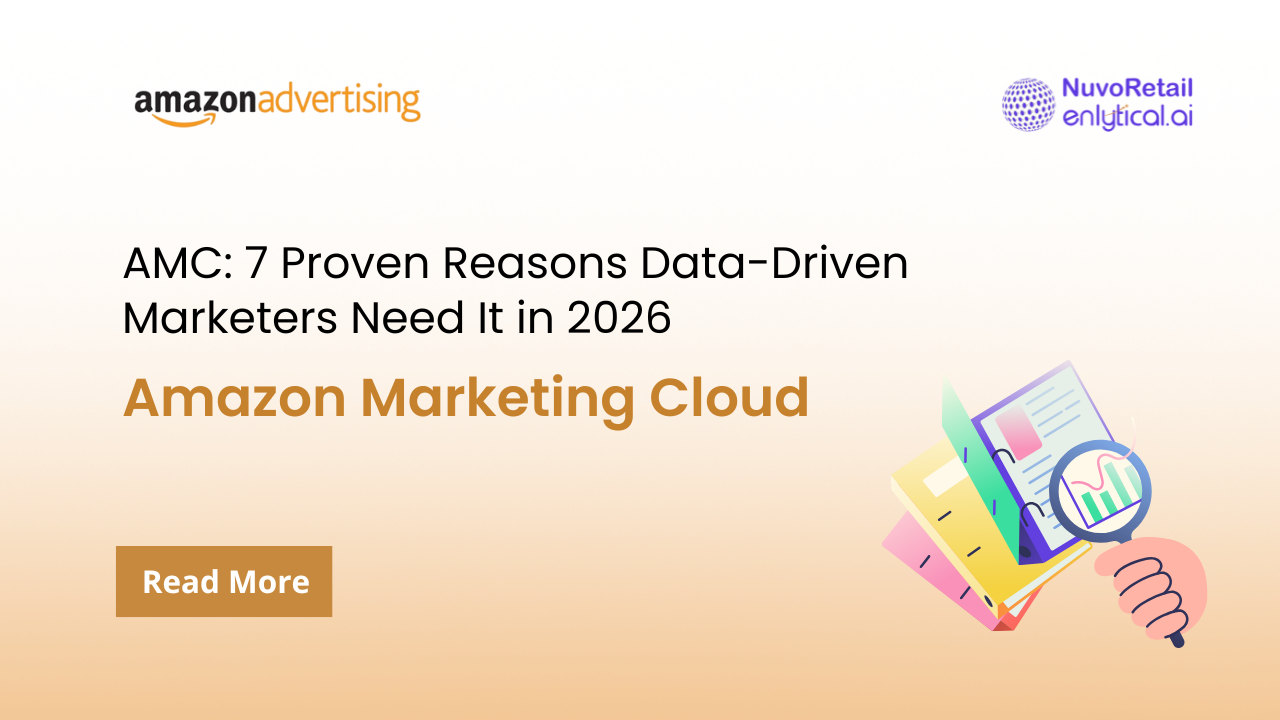Amazon Marketing Cloud (AMC) is a cutting-edge, cloud-based tool designed to help advertisers and partners dig deeper into their Amazon advertising data. It offers a secure, privacy-first analytics environment where marketers can answer complex questions and uncover insights about their campaigns.
Think of it as a “clean room” where data is pseudonymized, keeping customer privacy intact while delivering actionable results. With AMC, advertisers can run custom analyses, answering questions like, “How do customers engage with ads across their shopping journey?” or “What ad formats drive the most conversions?”
This platform is especially useful for those who need to go beyond basic metrics like clicks and impressions. For instance, you can analyze how exposure to different types of ads—be it display, video, or sponsored products—contributes to sales. Marketers can also identify and target the audience segments that are most likely to engage based on specific behavioral patterns.
Privacy and Security: The Core of AMC
Data privacy is a top priority for AMC.
To ensure compliance, it uses pseudonymization, which means personal data is removed or masked before any analysis. Users don’t get access to raw data; instead, they work with aggregated insights that meet strict privacy laws, including GDPR and CCPA.
For example, if a brand wants to assess how effective their campaigns are across Amazon’s advertising platforms, they can do so without worrying about exposing customer information. This balance of robust analytics and strong privacy protections makes AMC a trustworthy choice for advertisers.
Core Features of AMC
Custom Queries for Granular Insights
AMC’s standout feature is the ability to create custom queries. Advertisers can tailor their analysis to fit specific goals, whether that’s understanding ad engagement by placement or evaluating how often a customer views an ad before making a purchase.
Example: A beauty brand could analyze how often their skincare ad appears before a customer buys the product, helping them tweak their ad frequency for better results.
Event-Level Reporting
AMC offers detailed insights into customer interactions with ads, from the first impression to the final purchase. By examining event-level data, advertisers can map the entire customer journey.
Example: A fitness equipment brand might track how many ad views or clicks it takes for a customer to buy their product, using that data to refine their strategy.
API Integrations
Advertisers can integrate AMC with other tools to streamline workflows and automate processes. This saves time and makes managing multiple campaigns more efficient.
Example: An agency running campaigns across regions could use AMC’s APIs to consolidate reporting, ensuring timely insights for their clients.
Benefits of Using AMC

Advanced Insights
AMC uncovers trends that go beyond surface-level metrics, like determining the optimal number of ad exposures needed for a conversion.
Example: A coffee machine brand could learn whether three or five ad views are more likely to lead to a sale, helping them optimize budget allocation.
Custom Audience Segmentation
AMC excels at helping brands tailor campaigns for specific audience groups. By analyzing engagement and demographics, marketers can craft messages that resonate deeply.
Example: A sportswear brand might create targeted ads for runners versus hikers, ensuring each group gets relevant messaging.
Key Applications for AMC

- Customer Journey Mapping: Trace how customers interact with ads over time, revealing what leads to conversions.
- Media Mix Analysis: Discover which combinations of ad formats work best together.
- Path-to-Conversion Attribution: Assign value to each customer interaction to refine marketing strategies.
- Cross-Channel Optimization: Use AMC insights to harmonize efforts across different ad platforms.
- Beta Features for Deeper Insights: Explore advanced tools powered by third-party solutions for even richer audience analysis.
Limitations of AMC
Despite its strengths, AMC has notable limitations:
- SQL Knowledge Requirement: Effective use of AMC requires proficiency in SQL, posing challenges for non-technical users.
- Aggregated Data Only: Individual user data is inaccessible, limiting the granularity of insights.
- Minimum Data Threshold: Analysis requires aggregations with at least 100 users, restricting the depth of smaller audience evaluations.
- Limited Event-Level Data: AMC does not provide direct access to event-level advertising data, which could hinder detailed analyses.
AMC’s Global Reach
AMC is available in many regions, including:
- North America: U.S., Canada, Mexico
- South America: Brazil
- Europe: U.K., Germany, France, and more
- Middle East: Saudi Arabia, UAE
- Asia Pacific: India, Japan, Australia
This extensive availability allows global brands to fine-tune campaigns for diverse audiences, ensuring data-driven decisions in every market.
The Future of Advertising with AMC
As advertising grows increasingly data-driven, AMC positions itself as an indispensable tool for businesses looking to refine their strategies and maximize impact. Its ability to combine privacy-first analytics with in-depth performance measurement ensures it remains a pivotal resource in the evolving advertising landscape.




